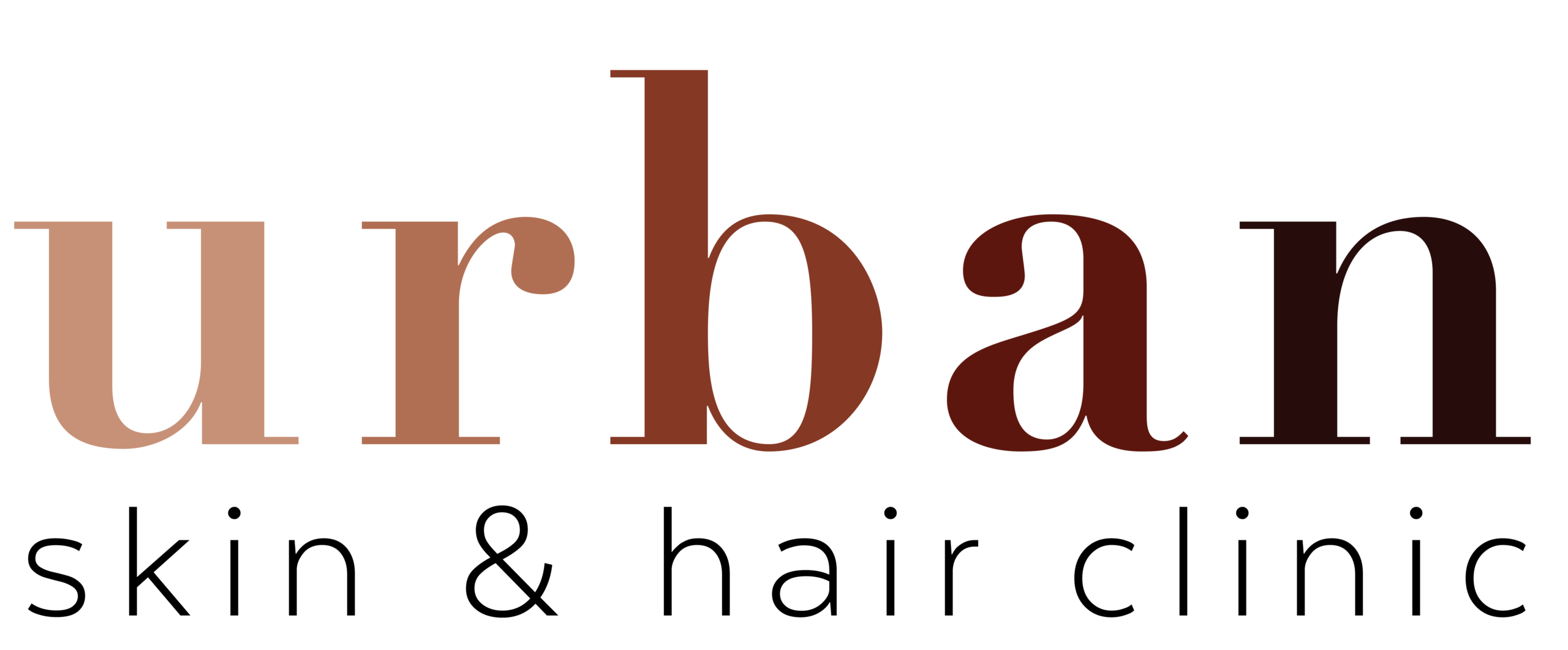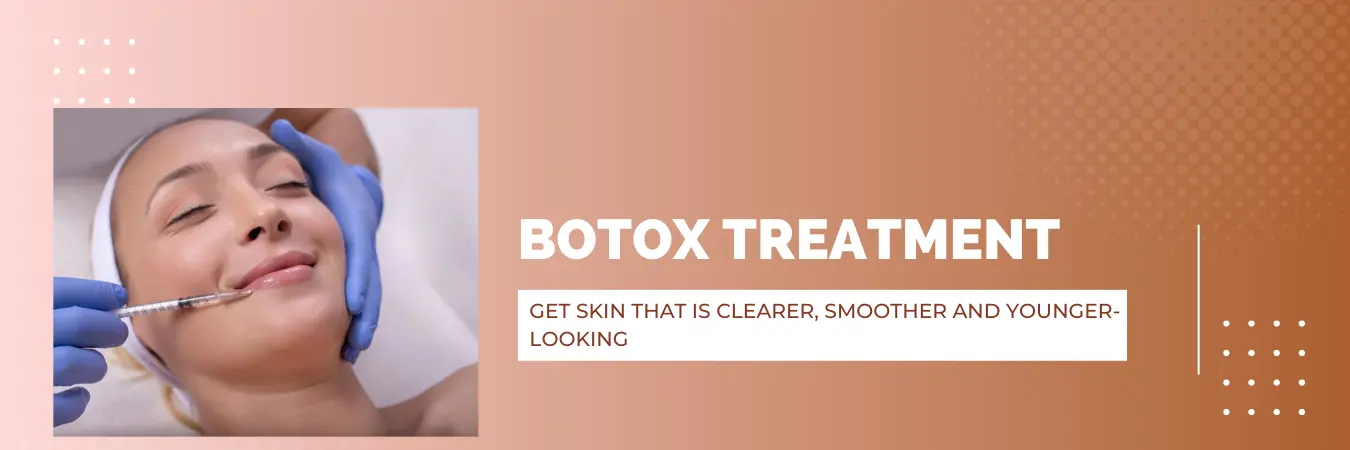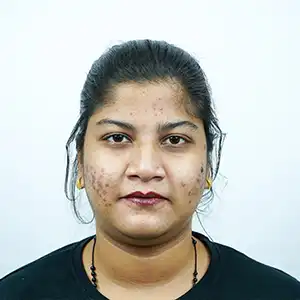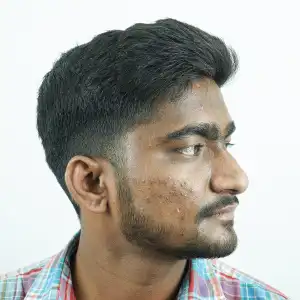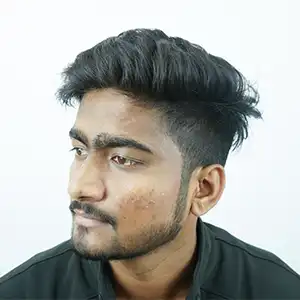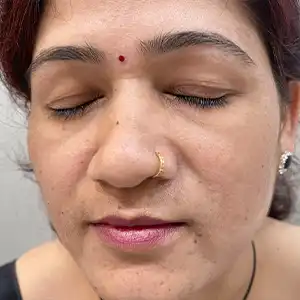Consult a Specialist Today
Hair loss may be distressing due to heredity, illness, or even stress. Our experienced dermatologists can assist you with hair loss treatments. Hair loss may be reversed if you visit our clinic as soon as you detect a problem. The sooner you start therapy, the better results you will give.
